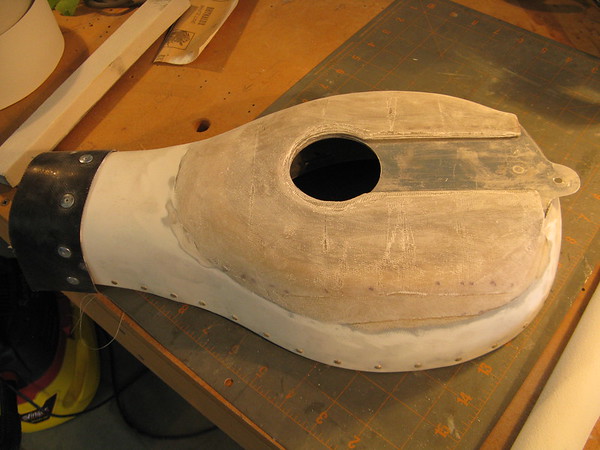bruceh
Well Known Member
I'm going through my first condition inspection at 106.3 hours. So far only a few tiny things to fix until I noticed that my alternate air sliding door that I fabricated seemed loose. Still in place and functioned fine. The design keeps anything from accidentally getting sucked into the engine, and that seems to have worked. Upon closer inspection it is easy to see why it is loose.
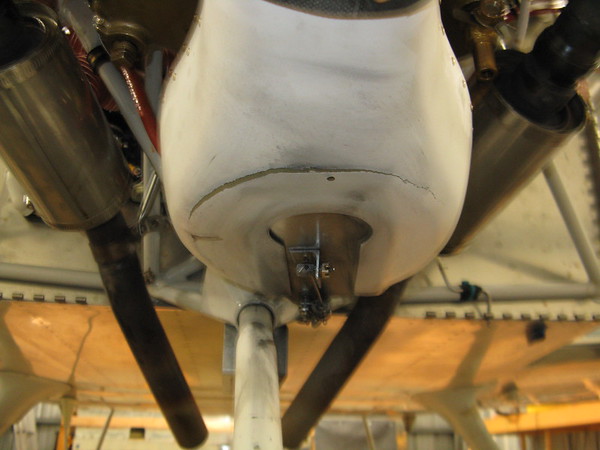
Just a bit cracked around the edges of the fiberglassing that I built up to hold the sliding door and underlying aluminum plate in place.
The underlying aluminum plate just slid right out after I got the airbox removed from the engine.
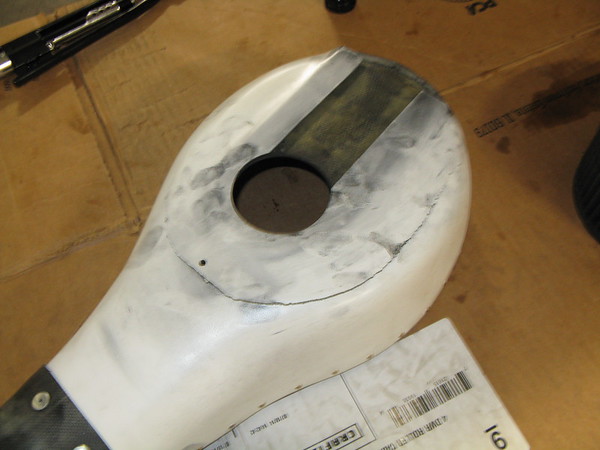
Looking at the failure, I think it just wasn't enough layups of fiberglass and once the vibrations got things loose it started weakening the structure.
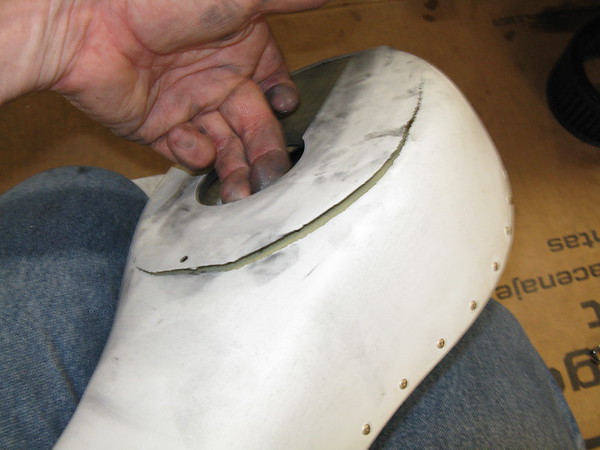
So I guess this is why we "experiment". I am going to make some adjustments to the original design. First, I'm going to reinstall the aluminum plate with more G/Flex epoxy and this time I will put a couple of rivets through the plate and into the airbox to keep it secured even if the epoxy lets go. The shop ends of the rivets will be inside the airbox, but I will position them so they are safely under the rubber edges of the K&N filter. That way they still can't get sucked into the engine if the rivets break. Second, I will re-layup more fiberglass over the cracked portions and hopefully give it much more strength.
My original design and build photos indicate that I had only 4 thin layers of fiberglass on here. I should probably double that number just to be safe.
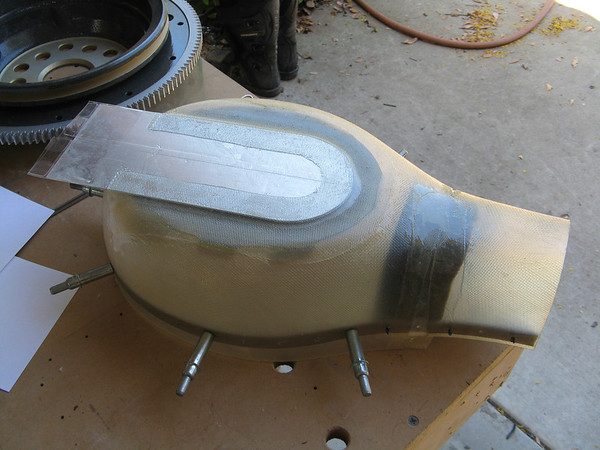

Just a bit cracked around the edges of the fiberglassing that I built up to hold the sliding door and underlying aluminum plate in place.
The underlying aluminum plate just slid right out after I got the airbox removed from the engine.

Looking at the failure, I think it just wasn't enough layups of fiberglass and once the vibrations got things loose it started weakening the structure.

So I guess this is why we "experiment". I am going to make some adjustments to the original design. First, I'm going to reinstall the aluminum plate with more G/Flex epoxy and this time I will put a couple of rivets through the plate and into the airbox to keep it secured even if the epoxy lets go. The shop ends of the rivets will be inside the airbox, but I will position them so they are safely under the rubber edges of the K&N filter. That way they still can't get sucked into the engine if the rivets break. Second, I will re-layup more fiberglass over the cracked portions and hopefully give it much more strength.
My original design and build photos indicate that I had only 4 thin layers of fiberglass on here. I should probably double that number just to be safe.




